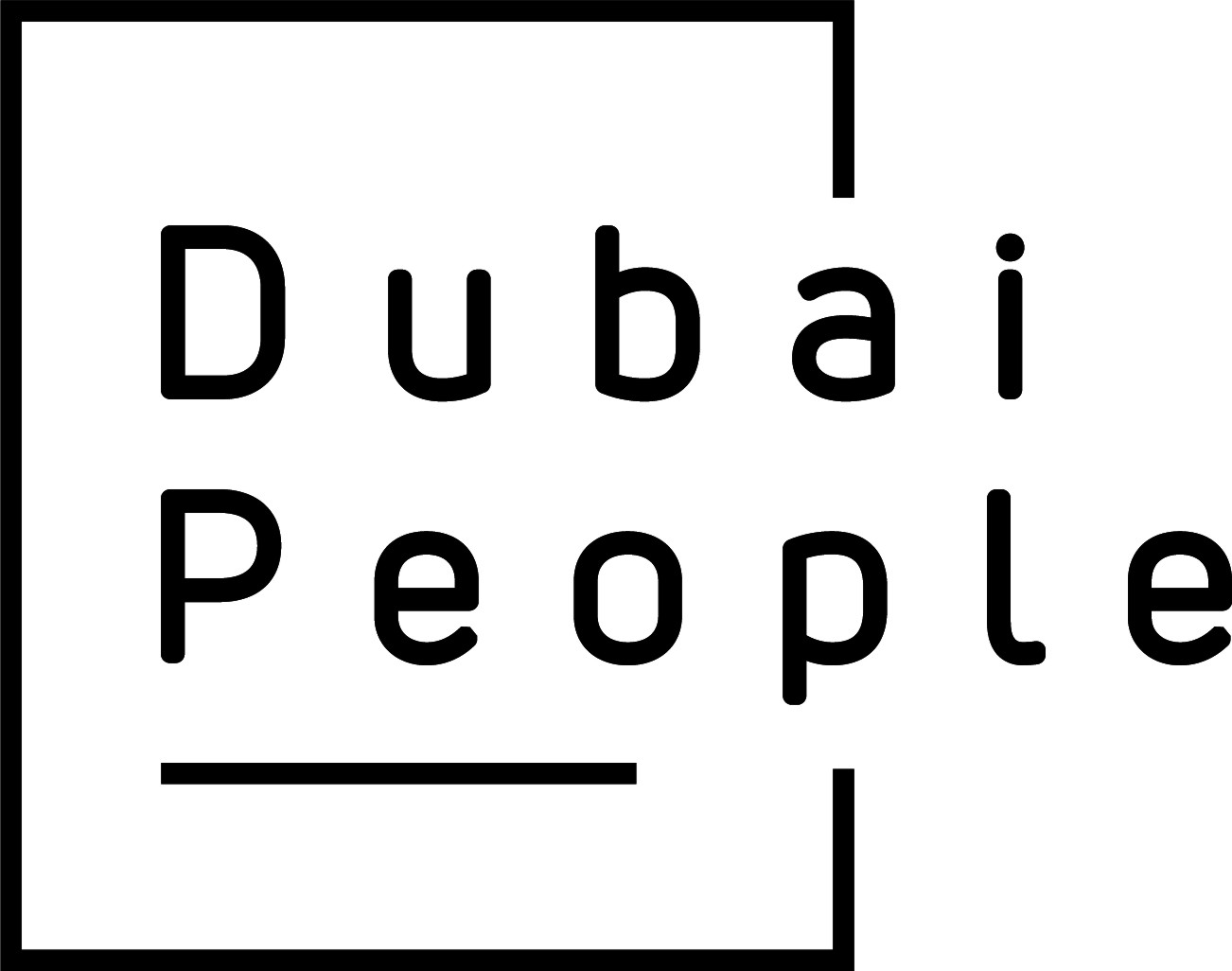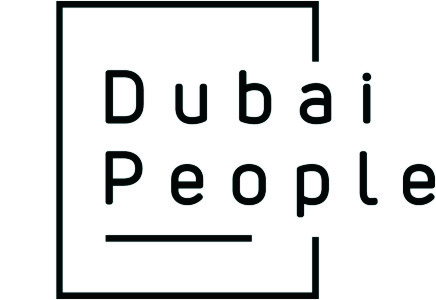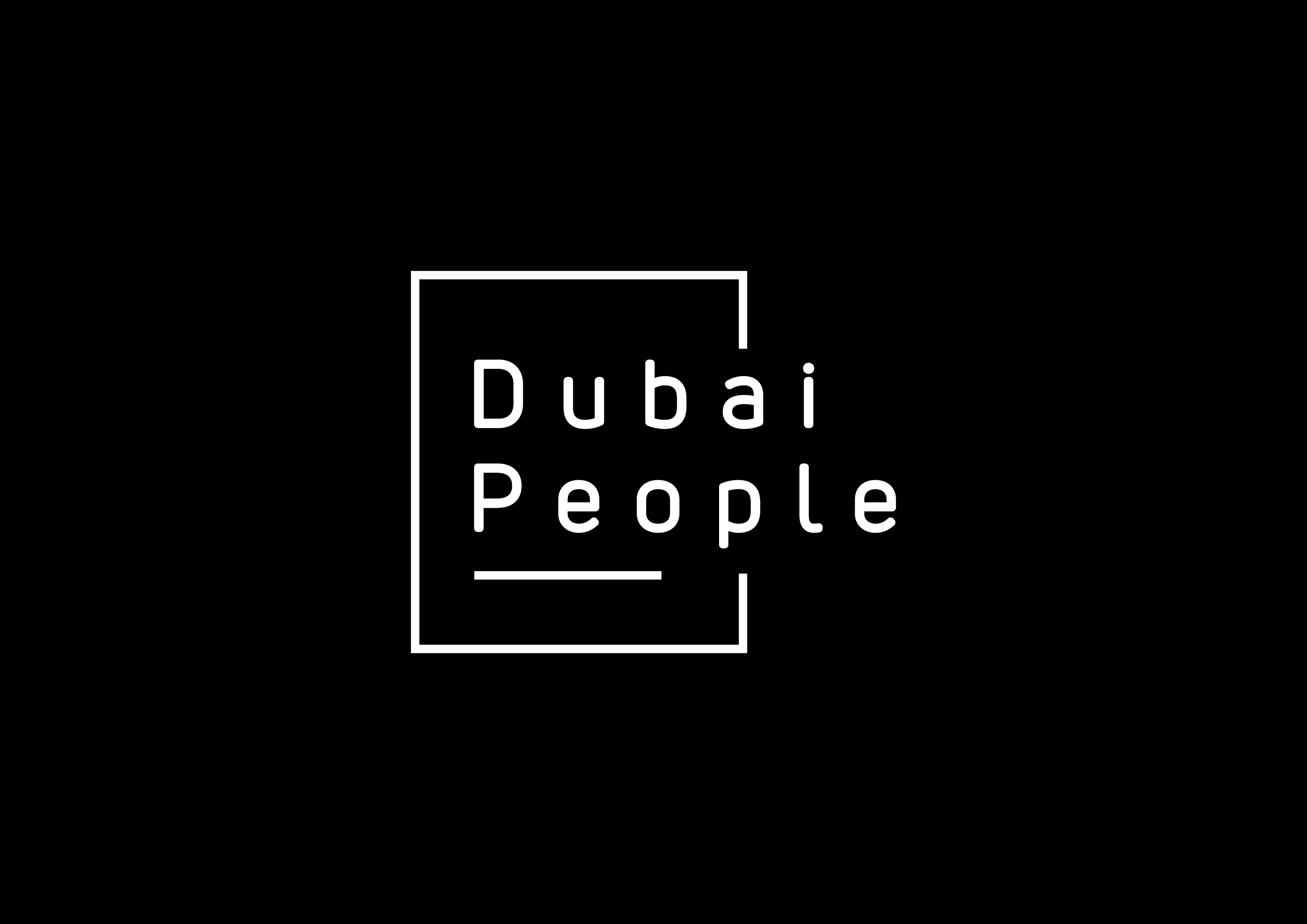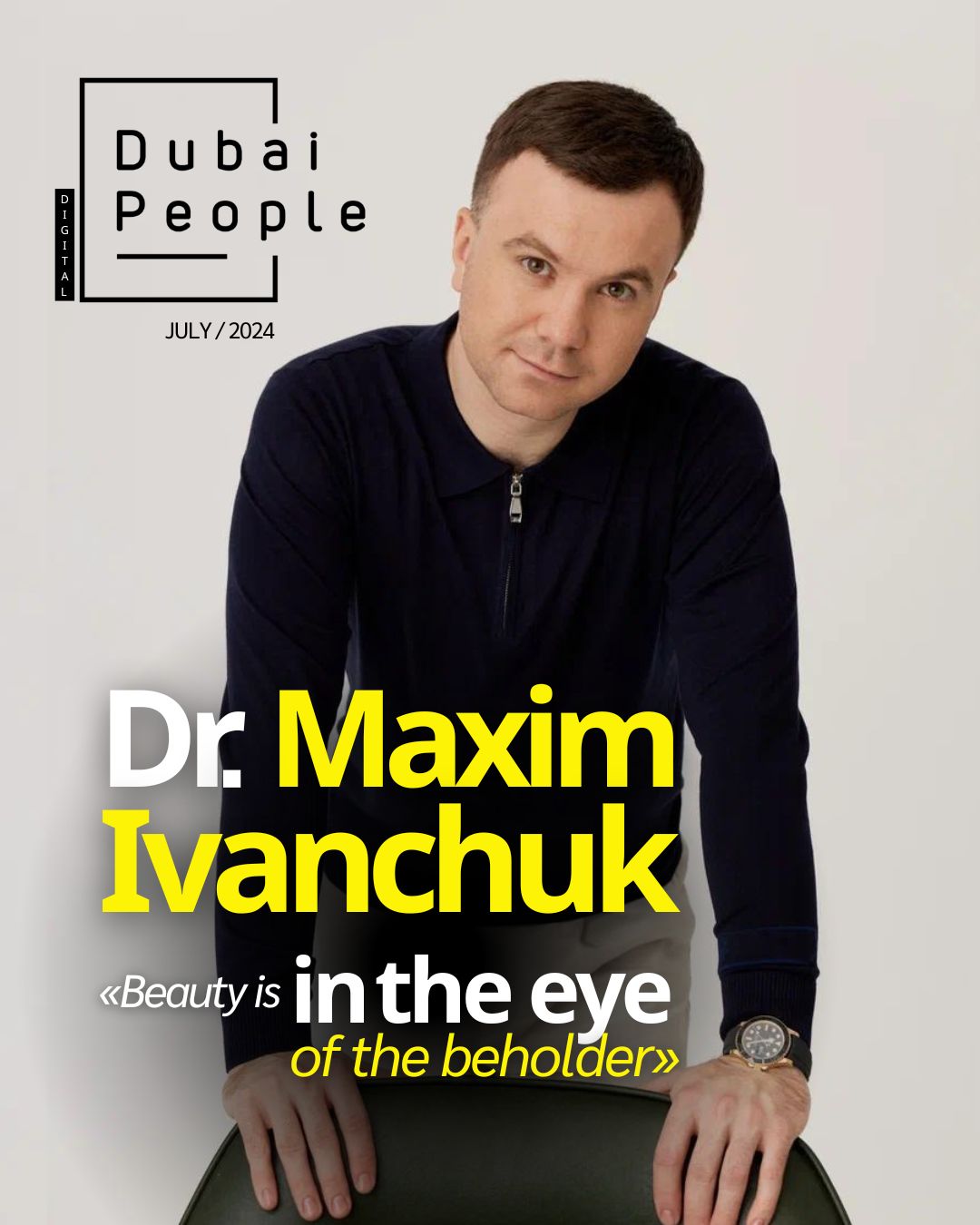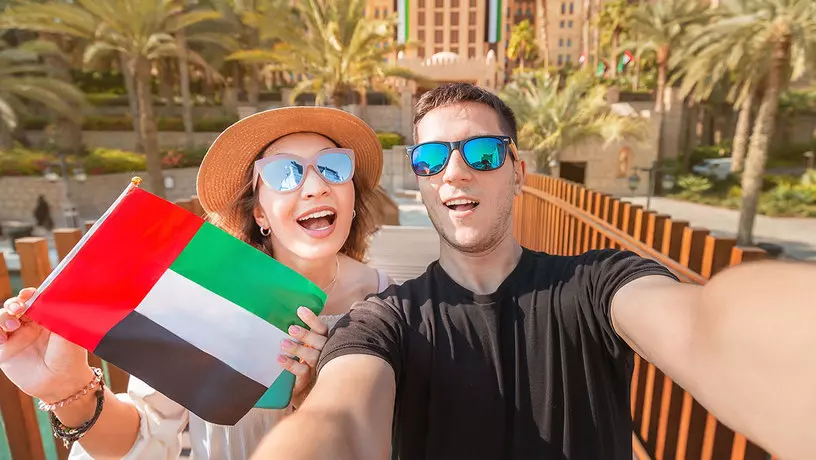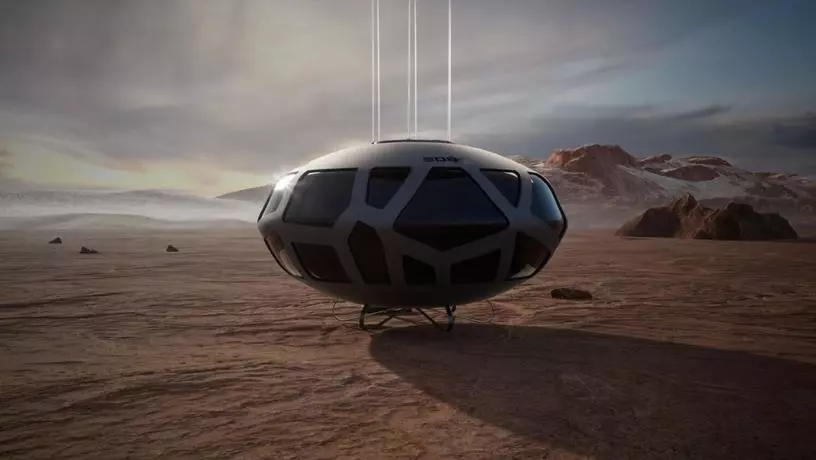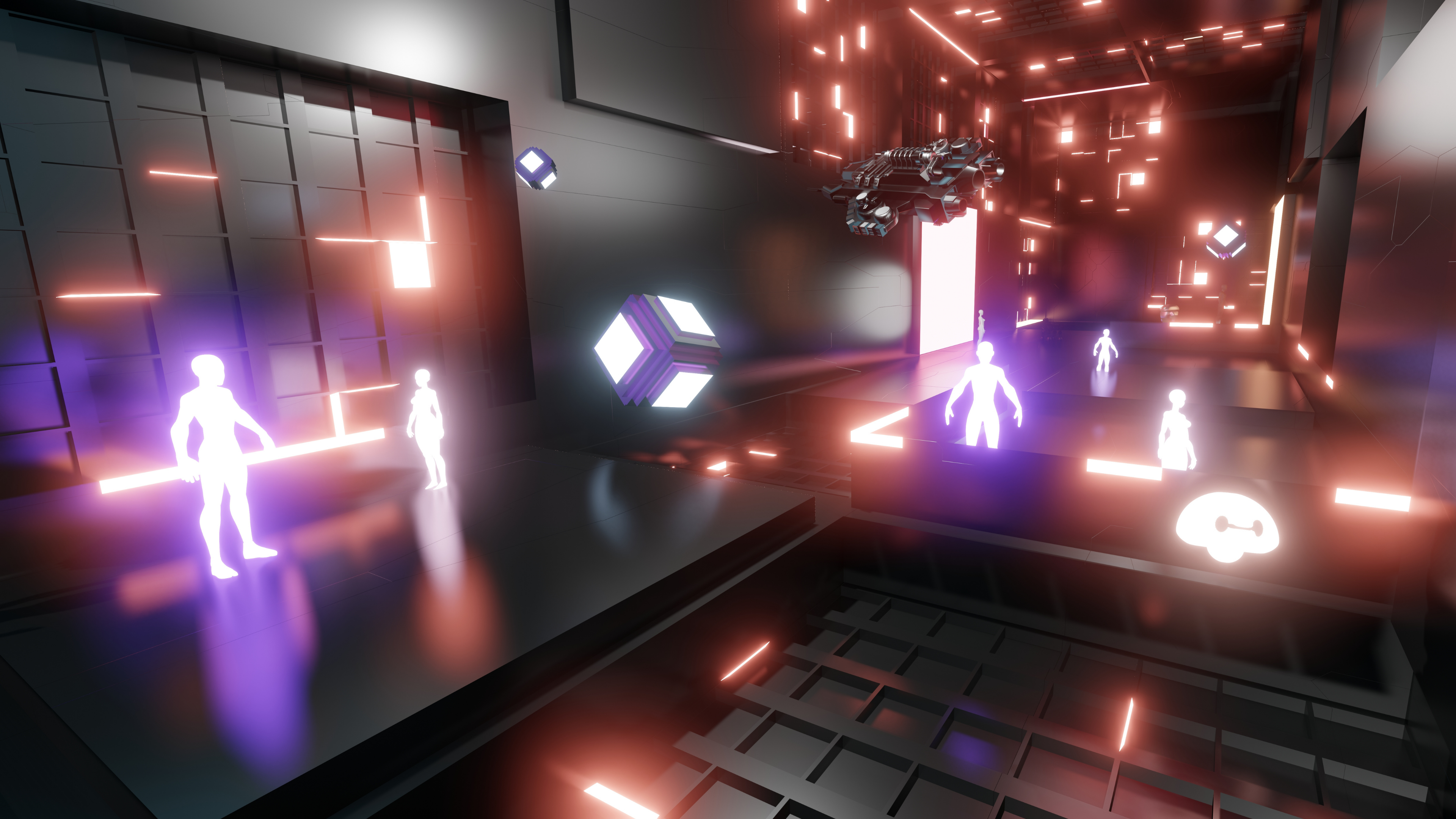
d3 presents its 3rd Architecture Exhibition
Dubai Design District (d3) is pleased to announce that some of the brightest minds in the regional and international architecture space will once again gather at d3, part of TECOM Group PJSC and a global creative hub, as part of Dubai Design Week for the third d3 Architecture Exhibition.
Kicking off today and running until 13 November 2022, the exhibition is a collection of architectural works focusing on designing for impact and a sustainable future – the overall programme theme of this year’s Dubai Design Week. Large-scale immersive installations showcase innovations in sustainable materials and designs, and spark discussions on how design can have a positive impact on the environment.
The innovative exhibits are placed for the first time in various locations in the Dubai Design District, including a multi-dimensional space on the district’s North Terrace and in the d3 centre. They include striking structures and pavilions made from sustainable materials such as waste dates, discarded clams, old fishing nets and demolished materials that have been recycled or reused.
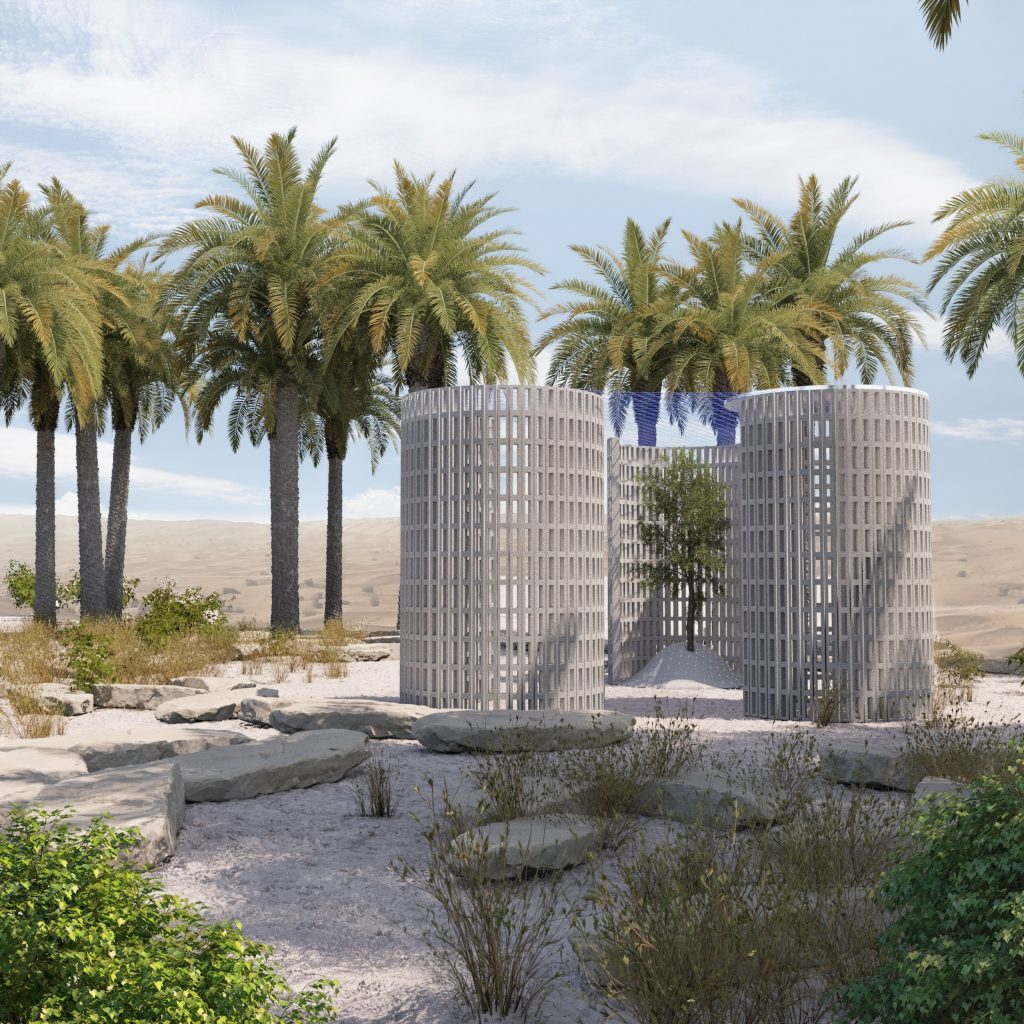
Works by leading architects are featured here. Among them:
– The Dewan Metaverse Dome by Dewan Architects of Dubai Design District, which first appeared in the UAE but now works across the Middle East. The dome of this installation mimics the Babel 4.0 metaverse forum space being developed by Dewan Architects and Engineers’ metaverse architecture department. The circular shape of the dome not only facilitates a more active discussion with the audience, but also allows for a feeling of immersion in the metaverse during presentations, thanks to the wraparound screens and isolation of the space from external distractions.
– Music Ring by Sharabassy Built Environment Studio, located in the Dubai Design District. This installation combines light displays and music to create aesthetic and aural entertainment and is an inviting meeting point. The ring reflects and refracts light, creating lighting effects that are regularly synchronised with the music, so that people can gather to enjoy the music at different times.
– From the Dunes & Trees by ARDH Collective, an Emirati architecture and design studio based in the Dubai Design District, with a contemporary approach to architecture and contemporary sustainability. This installation was built using revolutionary natural and reclaimed resources from the UAE’s dunes and trees – desert sand-based concrete, date seed-based hard surface material and the region’s first vegan plant-based skin.
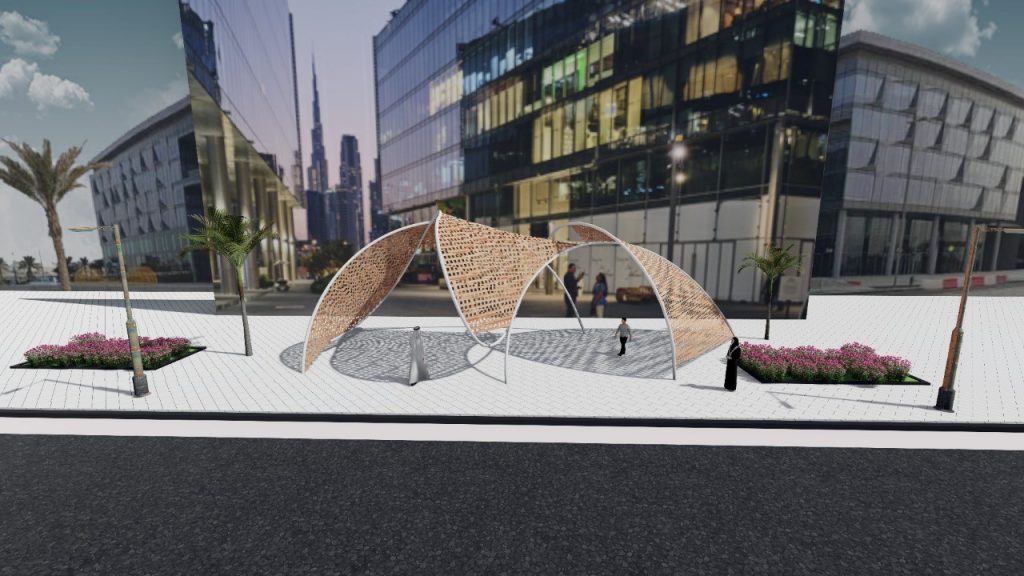
– Once Upon a Forest by OBMI, a leading global master planning and architectural design company from the US. With the Once Upon a Forest project, OBMI brings the natural world of the UAE’s mangroves into the urban landscape, awakening new possibilities. Under the shelter of the pavilion’s floating canopy, people are immersed in exploring the protection and perspectives that await them in the local forest ecosystem.
– KIN by Jordanian studio Fadaa Space. Based on the idea that it’s time to rethink our relationship with nature, stop exploiting it and live symbiotically, the KIN installation features bricks created using discarded clams from restaurants as well as natural low-carbon lime. The installation also houses native plants and species, facilitating their interaction with humans by questioning our relationship with nature.
– How much does your trash weigh? by Quartz, a Saudi-Italian architecture and design firm in Riyadh. Based on the idea of an ‘inverted wave’ of waste that creates a fence for an experimental space, this project represents our future if we continue the practice of recycling. The cascading distribution of destroyed materials in their raw state and the close proximity of waste highlights the question – what if this were our world?
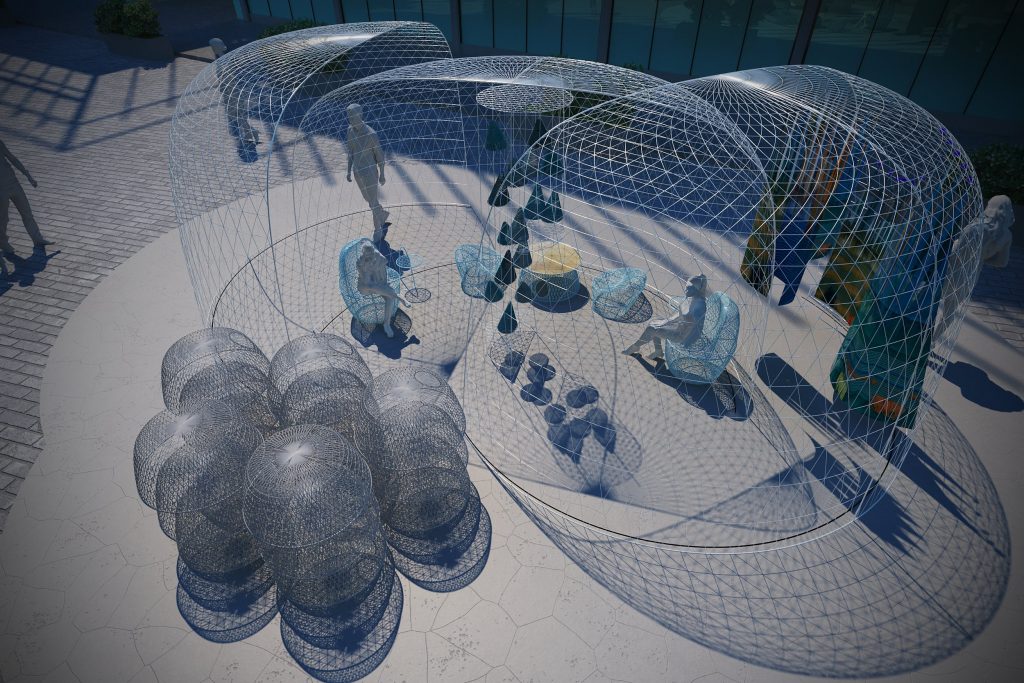
– Al Gargoor by Bahrani architect Sarah Alreyes. Al Gargoor is a public space consisting of many pieces of furniture made from gargoor (former fishing net), either in its native form or with minimal alterations. The idea behind Al gargoor is to create a useful yet creative space by recycling old fishing nets. Preserving the value of the gargoor and showcasing the value of its heritage is the main aim, while at the same time modernising the product.
– Palm Renaissance designed by Shem John from Tash Architects of India. In the UAE alone, 40 million date palm trees produce around 500,000 tonnes of palm waste each year. Date palm waste can be turned into modern screens that are effective and natural sunshades. The creation of date palm tree shelters enables the sustainable disposal of palm waste and reduces carbon dioxide emissions due to their natural cooling capacity. Palm Renaissance offers a sustainability-oriented solution that is mutually beneficial to the economy and the environment.
The architecture Exhibition kicks off today in its 3rd edition at @d3Dubai some of the brightest minds in the regional and international architectural space converging once again alongside the 8th edition of @Dubaidesignweek.https://t.co/O18AxY6XNY pic.twitter.com/KABuxzNv69
— Dubai Media Office (@DXBMediaOffice) November 8, 2022
Follow our Telegram Chanel


